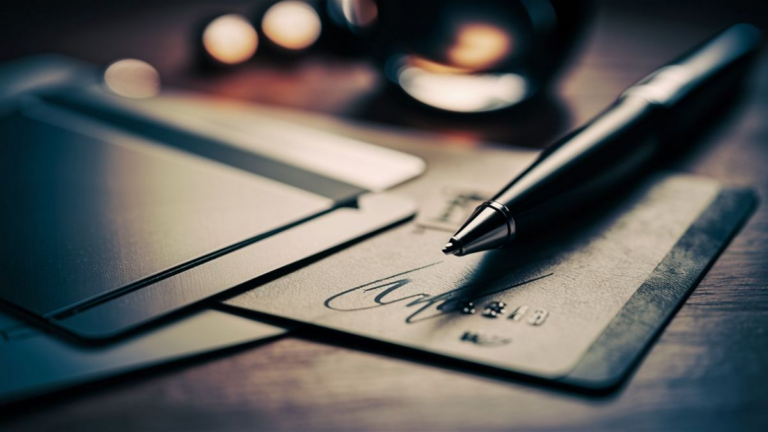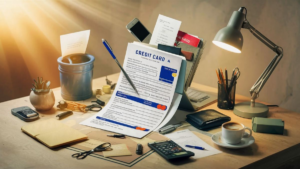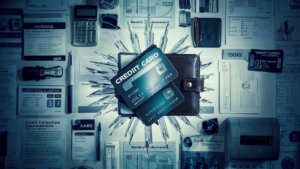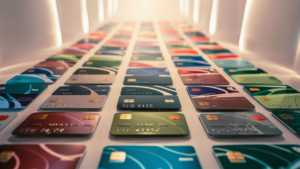When it comes to credit cards, one of the essential steps in activating a new card or receiving a replacement is signing the back. This simple act serves as a security measure, helping to prevent unauthorized use if the card is lost or stolen.
Importance of Signing a Credit Card
Signing the back of a credit card is a crucial security measure. It acts as a deterrent against fraudulent activities by making it difficult for thieves to use the card. Without a signature, anyone who finds the card could potentially use it to make purchases, leading to unauthorized charges and potential financial losses for the cardholder.
Additionally, many merchants require a signed credit card as part of their verification process during transactions. A signed card provides assurance to the merchant that the person presenting the card is the rightful owner.
Where to Sign
Traditionally, credit cards have a designated space on the back where cardholders can sign. This area is typically located above or below the magnetic stripe or chip and may be marked with the word “Signature” or “Authorized Signature.”
It’s essential to sign within the designated area to ensure that the signature is easily visible and can be verified by merchants when making purchases.
Best Practices for Signing
When signing a credit card, it’s essential to use a pen with permanent ink to prevent smudging or fading over time. A clear and legible signature is crucial for authentication purposes.
It’s also recommended to sign using your full legal signature rather than initials or a generic mark. This ensures that your signature is consistent with other forms of identification and can be easily recognized by merchants.
For added security, some individuals choose to write “See ID” or “Check ID” in place of their signature. While this practice may deter unauthorized use, it’s important to note that merchants are not obligated to verify identification based on this notation.
Signing the back of a credit card is a simple yet essential step in protecting yourself against fraud and unauthorized transactions. By following best practices and signing within the designated area using your full legal signature, you can help ensure the security of your credit card and minimize the risk of fraudulent activity.
How to Protect Your Signature
Once you’ve signed your credit card, it’s crucial to protect your signature from being tampered with or copied. Here are some tips:
- Avoid leaving your card unattended, especially in public places where it could be easily accessed.
- Shield your card and signature when using it for transactions to prevent others from seeing and memorizing your signature.
- Regularly monitor your credit card statements for any unauthorized transactions and report any suspicious activity to your card issuer immediately.
What to Do If Your Signature Is Compromised
If you suspect that your credit card signature has been compromised or copied, take the following steps:
- Contact your credit card issuer and inform them of the situation.
- Request a replacement card with a new signature.
- Monitor your credit card activity closely for any fraudulent transactions.
- Consider placing a fraud alert or freezing your credit report to prevent further unauthorized activity.
| Protection Tips | Actions to Take |
|---|---|
| Avoid leaving your card unattended | Contact your credit card issuer |
| Shield your card and signature during transactions | Request a replacement card |
| Monitor credit card statements regularly | Monitor credit card activity closely |
| Consider placing a fraud alert or freezing your credit report |
Frequently Asked Questions
- Is it mandatory to sign the back of a credit card?
- Can I use a different signature from my legal one?
- What should I do if I forget to sign my credit card?
While it’s not legally required to sign the back of your credit card, doing so adds an extra layer of security and is recommended by card issuers.
It’s best to use your full legal signature to ensure consistency across your identification documents and minimize the risk of rejection during transactions.
If you forget to sign your credit card, you should sign it as soon as possible to activate it and reduce the risk of unauthorized use.
See also:






